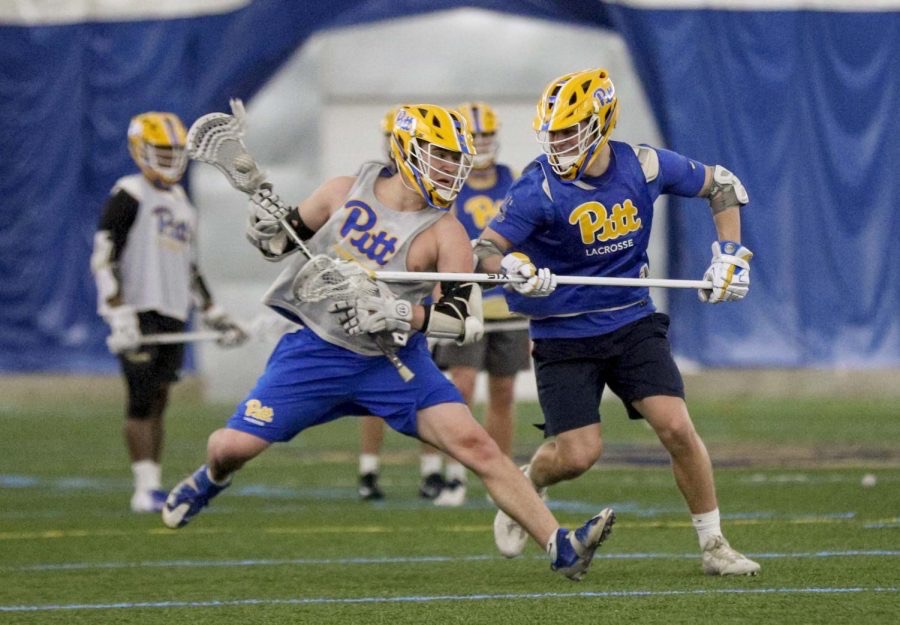Through dedication, discipline and a love for the game, club athletes balance their academic and athletic commitments while striving for excellence on the field. It’s a difficult task, but many athletes find ways to manage their time effectively.
“Oftentimes I’ll study with teammates because we’re all operating off the same schedule,” club men’s rugby player Will Cashin said.
This strategy is utilized by many club sports athletes who are leveraging shared schedules and creating a supportive learning environment. This approach not only facilitates efficient studying but fosters companionship and accountability.
But managing school work is still stressful, especially for club athletes who don’t have the same rigorous academic requirements as Division I athletes. Unlike DI athletes, club sports do not require their players to adhere to specific study hours per week. Trying to make sure all work is done on time can sometimes give club athletes stress.
Women’s club lacrosse player Jana Mizrachy works hard during the day to prioritize a restful night.
“I will try to get all my work for the day done beforehand so that I won’t have to worry about it after practice and I can go to bed early,” Mizrachy said.
Nutrition plays a crucial role in an athlete’s performance. Getting the right amount of protein is sometimes the difference between a great game or subpar performance. While Cashin admits that he could eat more, he prioritizes healthy meals like “chicken or steak with veggies and rice.”
Men’s club soccer player Mike Blake deals with the same issues Cashins deals with. Blake admitted to not eating as much as he should, which he knows affects his performance on the pitch.
“I usually like to eat a big meal two hours before game time, but I often struggle to eat other meals [throughout the day],” Blake said.
The mental aspect of the game is just as important as the physical. For many athletes, years of experience in competitive sports have helped them develop a natural ability to focus and perform under pressure. A positive mindset and good mentality are critical for players on all levels.
“I prepare for practice by always staying positive and motivated, and for games, I try not to get in my head too much so that I won’t be nervous,” Mizrachy said.
A steady mindset allows athletes like Mizrachy to get through a season of games and practices while consistently performing well. Grueling practices or games make recovery essential. Athletes often prioritize rest, hydration and proper nutrition.
Recovery is another critical component of athletic performance. Club athletes don’t typically have the same resources as DI athletes, such as dedicated training facilities and specialized recovery equipment. Despite these limitations, athletes like Mizrachy prioritize rest, hydration and proper nutrition to aid in recovery and minimize the impact of soreness and pain.
“Recovery doesn’t typically start until I start hurting on the [day after the game],” Mizrachy said. “Not having the facilities and technology to help recovery definitely makes the soreness and pain a little more hard to deal with.”
Club athletes demonstrate remarkable dedication and resilience in balancing their academic and athletic pursuits. While they face different challenges than DI athletes, their commitment to excellence and ability to adapt to the demands of their sport makes them inspiring role models.


